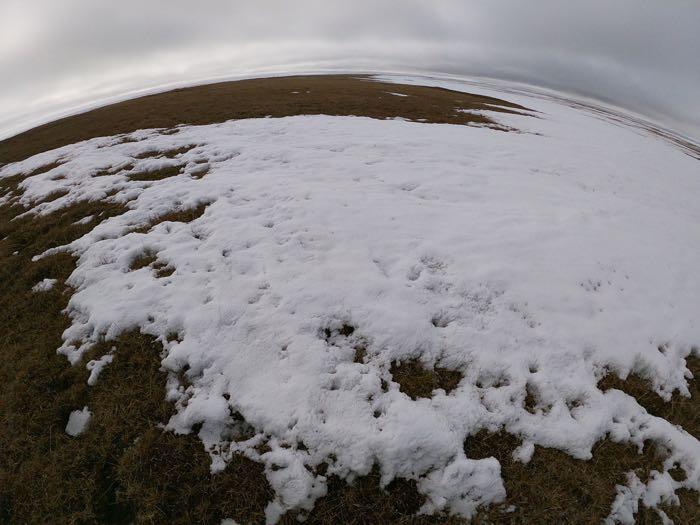
Whaaaaat? What does that mean???
That means if the average temperature in July is less than 10 degrees C, then trees are not going to like it there.
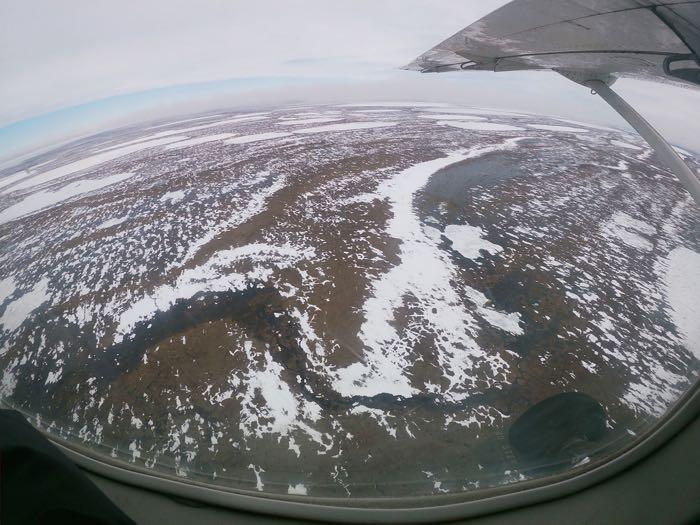
Here are a few the reasons we think trees don't grow here.
Exposure above the snowpack during winter
Failure of seedlings
Poor root development due to permafrost
The energetic cost of producing compounds (cryoprotectants)required to withstand winter temperatures. Without these plants can't prevent the freezing of tissues.
Slow growth due to relatively low temperatures during the short summer growing season.
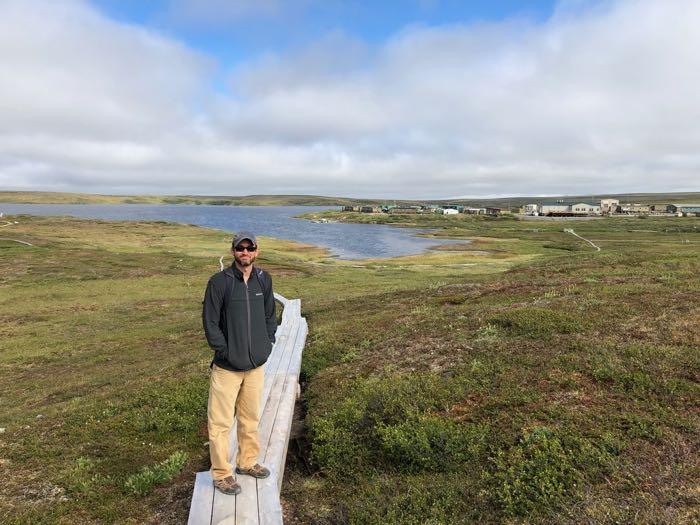
Shrubs don't seem to have a problem growing, though. This is because they are closer to the ground and the air there is 5-10 degrees warmer. In this case, it pays to be short.
We recently traveled south along the Dalton Highway to visit the northernmost trees!
Fly Your Flag in the Arctic
Today's flags are from Eagle Pass Junior High!
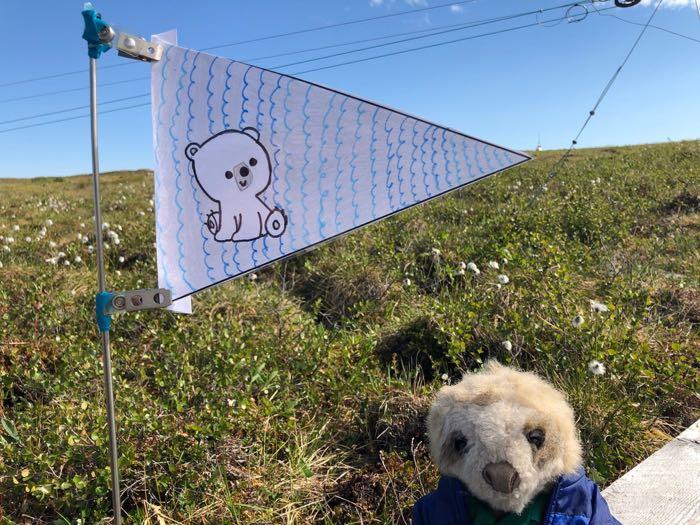
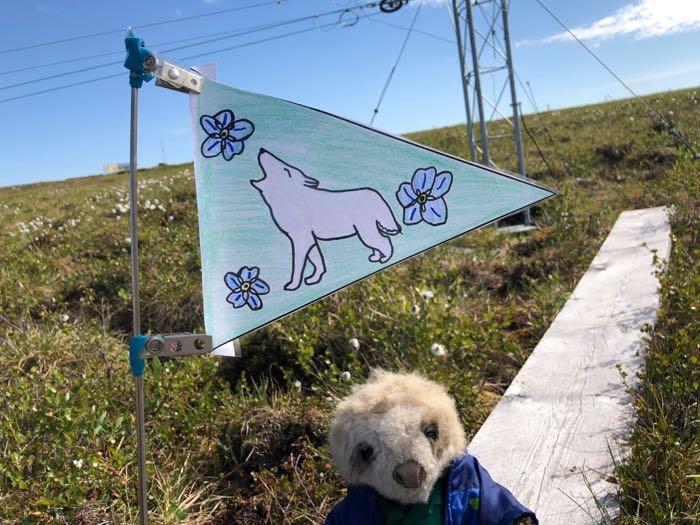
Source: Land of Extremes: A Natural History of the Arctic North Slope of Alaska by Alex Huryn and John Hobbie

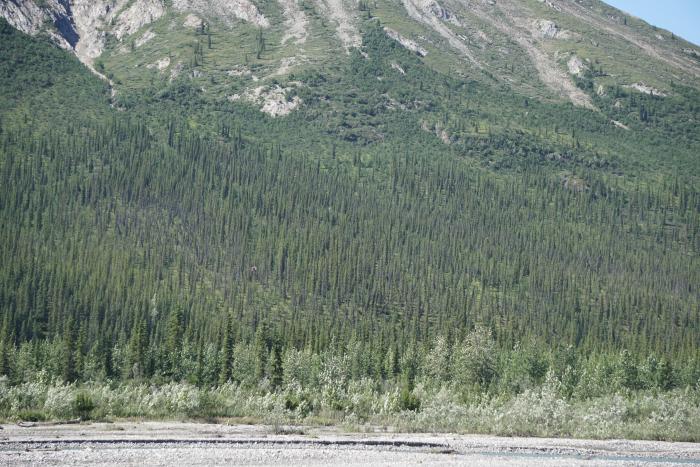

Comments